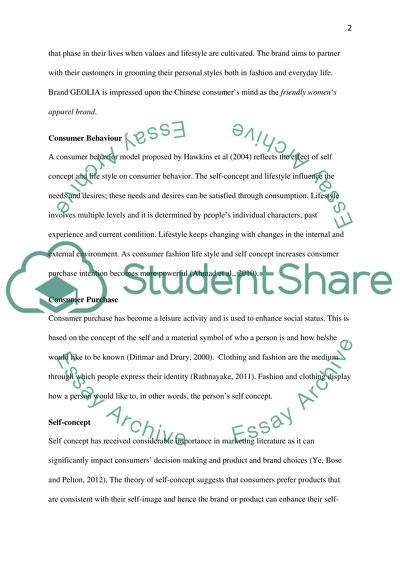Cite this document
(“An Research about Relationship among Fashion Life Style Dissertation”, n.d.)
Retrieved from https://studentshare.org/family-consumer-science/1467651-an-research-about-relationship-among-fashion-life-style
Retrieved from https://studentshare.org/family-consumer-science/1467651-an-research-about-relationship-among-fashion-life-style
(An Research about Relationship Among Fashion Life Style Dissertation)
https://studentshare.org/family-consumer-science/1467651-an-research-about-relationship-among-fashion-life-style.
https://studentshare.org/family-consumer-science/1467651-an-research-about-relationship-among-fashion-life-style.
“An Research about Relationship Among Fashion Life Style Dissertation”, n.d. https://studentshare.org/family-consumer-science/1467651-an-research-about-relationship-among-fashion-life-style.


